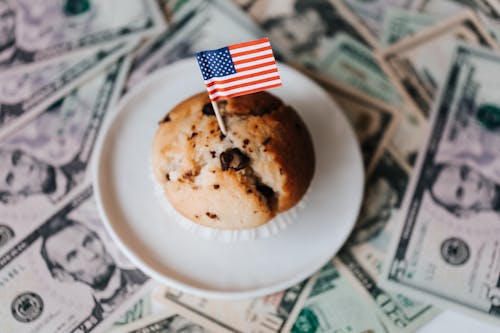Inflation Has Peaked
Many blamed increased vehicle and gas prices on supply chain difficulties. They weren't entirely wrong: chip shortages led to car shortages.
Inflation in the US diminished demand and prices.
Recent inflation data illustrates this.

Remember that services (including housing) account for about 60% of consumer spending, vs 11% for durables.
Service price increases more than durable goods price increases drive CPI.
From August 2020 to March 2021, durable goods prices grew 3.1% yearly over this time period, while services costs rose 2.1%.
Both durable goods and services inflation started rising in April 2021.
March 2021 to January 2022, services gained 4.7% and durable goods rose 21.9%!
This demonstrates that the headline inflation rate of 7.5% is not driven only by gasoline or used cars.
Prices have risen as consumer spending exceeded economic productivity.
So the Fed's capacity to manage demand will play the central role with inflation going forward.
The good news is that the annual C.P.I. inflation rate reflects last year's exceptionally low base levels.
Basically, the monthly C.P.I. and other inflation metrics show that while inflation is high, it is not rising.
Consider the CPI rise:
0.9% in October.
0.7% in November.
0.6% in December
0.6% in January



